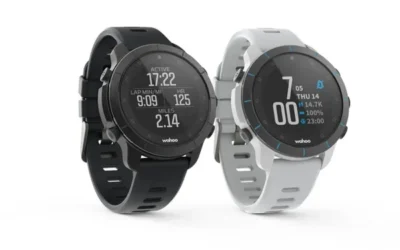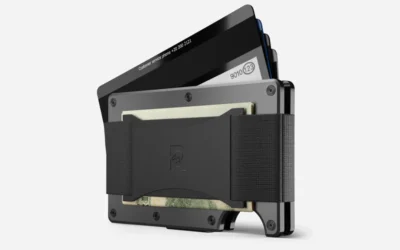2 Best Creality 3D Printers
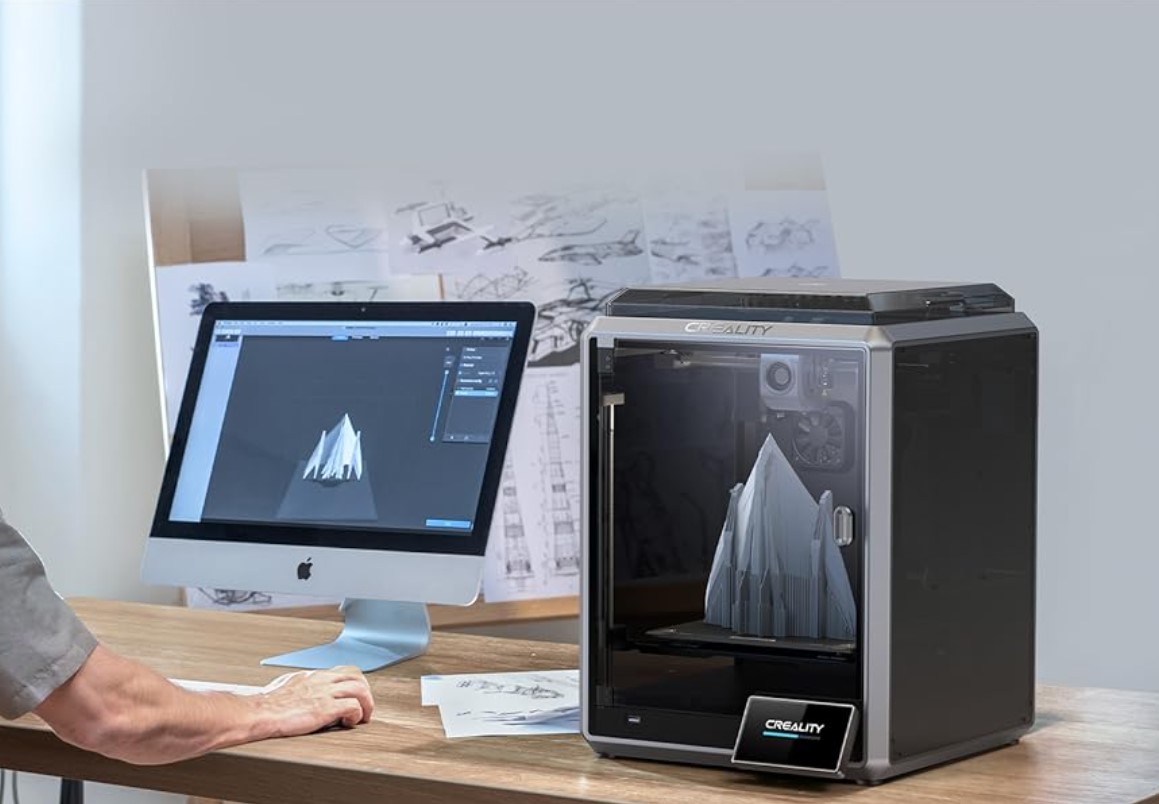
Creality is a leading brand of FDM and resin 3D printers, filaments, resins, and other accessories. The company offers a range of printers suitable for different needs and budgets. Creality printers are known for their affordability, ease of use, and reliability. They are popular among hobbyists, educators, and professionals alike. In this article, we will provide an overview of two of the best Creality printers, including their features, specifications, and applications.
Creality offers a variety of printers with different build volumes, features, and price points. The Ender 3 series is one of the most popular and affordable options, with a standard build size of 220mm (8.6 inches). The Ender 5 is another popular option, with a larger build volume of 220 x 220 x 300mm (8.6 x 8.6 x 11.8 inches). For those who need even larger build volumes, Creality offers the CR-M4 and Ender 5 Plus printers, with build volumes ranging from 350-500mm (13.8 – 19.7 inches). The Creality K1 and K1 Max are higher-end printers with advanced features such as an enclosed design, direct-drive extruder, and CoreXY motion system, allowing for faster print speeds and higher precision. Today, we will take a closer look at one of their entry-level, as well as a high-end printer.
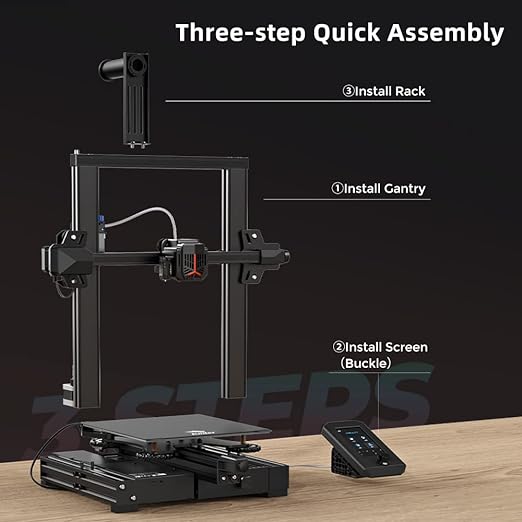
CREALITY ENDER 3
- Easy Assembly: The Ender-3 V2 Neo printer is pre-installed, requiring only 3 steps for assembly.
- CR Touch Auto Bed Leveling: The upgraded CR Touch 16-point automatic bed leveling technology saves time and effort.
- Brand New 4.3 Inch UI User Interface: The upgraded UI includes a model preview function and supports nine languages.
- PC Spring Steel Magnetic Build Plate: Removable PC spring steel magnetic build plate, offering good adhesion for filament and easy removal of finished models.
- Silent Motherboard: Low decibel operation, and a full-metal extruder for greater extrusion force and durability.
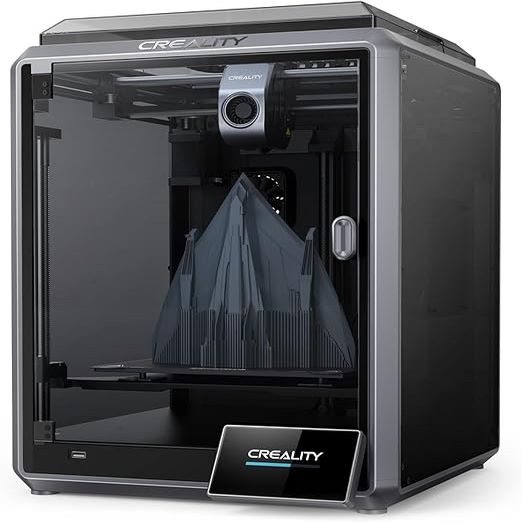
CREALITY K1
-
Print Right out of the Box: K1 is assembled and calibrated before shipment and offers a boot-up quick guide. Just start printing the moment your K1 arrives.
-
4.3″ Touch Screen: Self-test with one tap and K1 will self-test the extruder, heated, camera (optional), fan, leveling, etc.
-
Hands-free Auto Leveling: An accurate leveling mesh. The whole process happens on its own after the printing starts. You don’t need to lift a finger or pay any attention.
-
Connected and Carefree Control: K1 can print via USB drive or WiFi. Controlled or monitored* remotely from Creality Print or Creality Cloud APP/WEB. No more close watch.
Summary:
In conclusion, the Ender 3 series, represented by the Ender 3 V2 NEO, offers an affordable and user-friendly option with a decent build volume, catering to beginners and budget-conscious users. On the other hand, the K1 is designed for users seeking faster printing speeds and advanced features, making them suitable for those who prioritize speed and performance. Ultimately, the choice between the Ender 3 and K1 printers depends on individual preferences, budget, and specific printing requirements. Whichever printer you choose, you can rely on on Creality’s reliabilty and quality.
Related Articles
3 Best VPN’s in October 2023
I have used many different VPN's over the years, each with their own advantages and shortcomings. In the realm of VPNs, choosing the right one tailored to your needs could significantly...
Wahoo ELEMNT RIVAL Review: A Top Multisport GPS Smartwatch
ELEMNT RIVAL Multisport Watch keeps the focus locked on your performance, not your equipment.
Ridge, a minimalist wallet
In today’s era of digital minimalism, the Ridge Wallet has carved a niche for itself.

